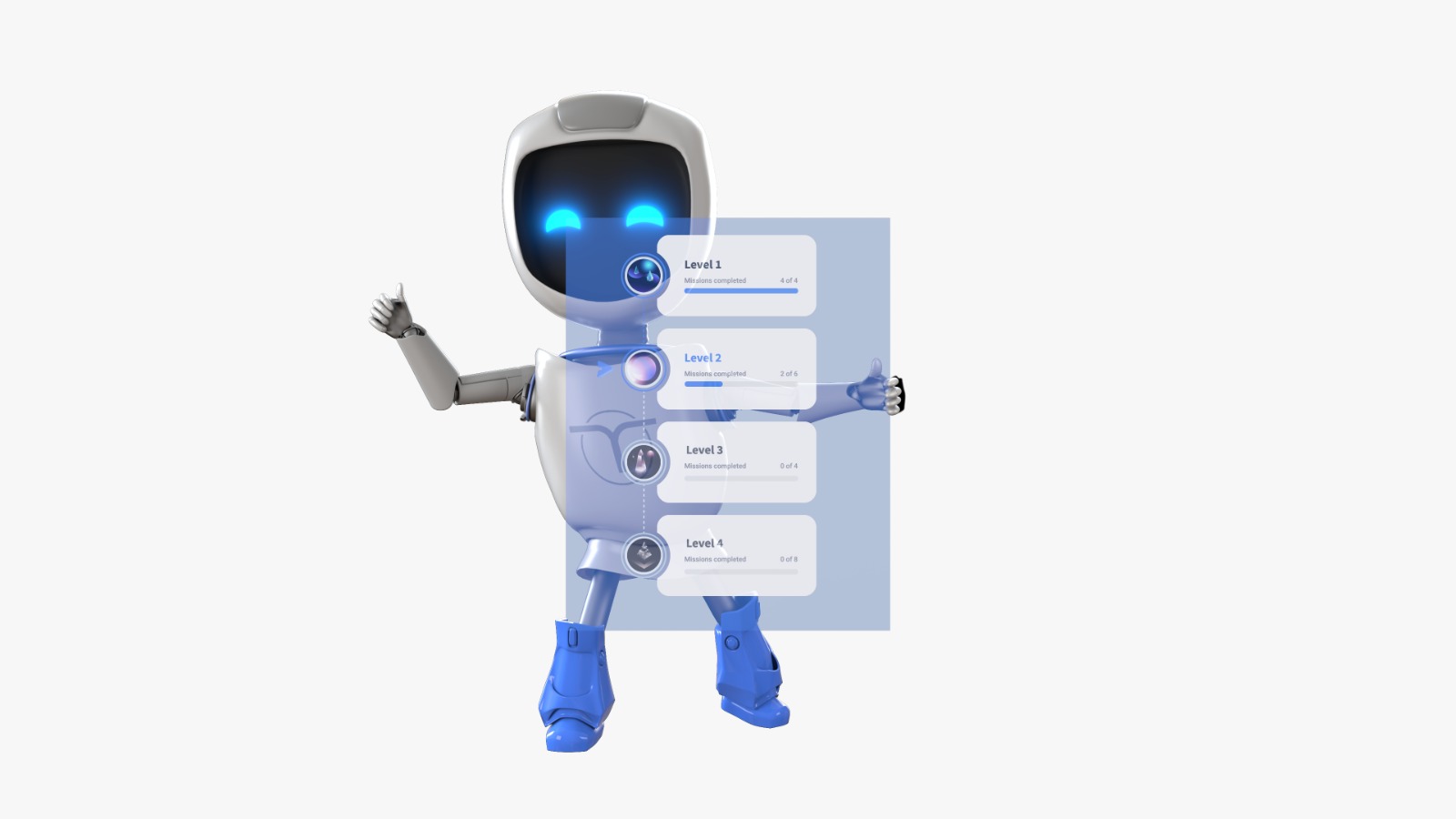Nightmare scenario: You’re a retail manager in the middle of the holiday rush, and corporate just assigned you five brand-new employees. They need to be trained and fully operational—in just three days. If they don’t get up to speed fast, customers will be furious, and chaos will take over. So, how do you train these employees? A guide would be useful, but we’re bringing a better alternative to the table: modern, just-in-time training methods.
High-pressure onboarding isn’t just a holiday headache—it’s a year-round challenge, especially in industries like retail, logistics, healthcare, and call centers, where high turnover and tight deadlines demand fast, effective training.
This article provides actionable strategies to help managers streamline training, accelerate onboarding, and improve team performance.
The Heavy Pressure on Managers to Train Employees Fast
Managers are under immense pressure to train new employees fast. Yet, training is often treated as a mere compliance requirement rather than a tool for growth. In fact, a Deloitte report reveals that employees spend just 1% of their workweek on formal training—a shockingly low amount.
The Pressures Managers Face with Onboarding
In this environment, managers must juggle:
- Rapid training
- Heavy workloads
- Leadership expectations
- Maintaining professionalism
- Displaying a sense of control
A stressed, irascible boss is the last thing a new hire needs to experience in their first days on the job. According to Gallup, one in two employees have quit to escape a bad manager, and 66% of employees with toxic bosses plan to leave as soon as financially possible.
So the pressure is on. And the worst part? This isn’t just about performance—it’s about reputation. In leadership, mistakes aren’t easily forgotten. A poorly handled onboarding process or a wave of early resignations can leave a lasting mark on a manager’s track record.
The Cost of Slow Onboarding
Delayed onboarding is a big no-no for any team leader, as it leads to rippling effects not only for their team but for the organization itself.
Decreased Productivity
According to Forbes, untrained employees operate at only 60-75% of full productivity, draining resources and slowing down overall efficiency. This hinders business growth and puts organizations in a constant cycle of hiring and retraining.
Example: In industries like retail, logistics, and healthcare, where every second counts, slow onboarding can mean understaffed shifts, delayed deliveries, and patient care bottlenecks.
Increased Errors
When employees aren’t properly trained, mistakes skyrocket, leading to customer complaints, safety risks, and operational delays. It creates costly, high-risk situations that can seriously impact a company’s reputation and bottom line.
Example: In healthcare, even minor mistakes can have life-threatening consequences.
High Turnover
Employees who feel unsupported or overwhelmed early on are more likely to leave. With turnover costing companies an average of 33% of a worker’s annual salary per replacement, frequent resignations quickly become a financial burden.
Example: According to a study, high turnover in retail is directly linked to decreased performance, as measured by lower profit margins and poorer customer service.
The Key Elements of Fast and Effective Employee Training
Now that we’ve covered the challenges, let’s focus on solutions: how to train employees. A guide for managers on the latest and most effective training initiatives in the Learning and Development world is outlined below.
Focus on High-Impact Skills
Context: New employees have a lot to take in on their first day—company policies, safety measures, team roles, and job-specific responsibilities, just to name a few. But that doesn’t mean they should be bombarded with a 200-page manual right away. Information overload slows them down, increases stress, and leads to more mistakes.
Solution: Managers should get company policies out of the way quickly and prioritize skills that directly impact performance. Policies can be introduced efficiently through brief overviews, digital resources, or on-the-job reminders. This will allow new hires to focus on learning the practical skills they need to succeed.
Tip: Identify three to five core competencies employees need on day one and tailor a comprehensive training module based on these core competencies. Company policies, soft skills, and additional knowledge can be reinforced gradually through on-the-job training rather than frontloading everything at once.
Microlearning: Training in Bite-Sized Chunks
Context: Employees don’t have hours to sit through lengthy training sessions, and long lectures often lead to disengagement. Studies show that bite-sized training improves retention by 50% compared to traditional methods, making it easier for new hires to absorb and apply key information quickly.
Solution: Microlearning breaks training into short, focused lessons that deliver essential knowledge in under eight minutes. These quick lessons—delivered through videos, quizzes, and interactive content—help employees learn at their own pace without disrupting daily operations.
Tip: Use quick, targeted videos, quizzes, and checklists that employees can access anytime. This way, they get the information they need when they need it.
On-the-Job Training (OJT): Learn by Doing
Context: Sitting through hours of training is no substitute for real-world experience. New hires often struggle to bridge the gap between theory and practice, leading to slower adaptation and lower confidence in their roles.
Solution: OJT allows employees to learn by doing, gaining hands-on experience while being guided by experienced team members. This approach accelerates learning, reduces mistakes, and builds confidence from day one.
Tip: Pair new employees with mentors, provide step-by-step checklists, and give instant feedback to reinforce learning in real time. For remote workers, microlearning platforms can serve as effective OJT alternatives, incorporating reality-based scenarios and consistent feedback from their mentors or managers into their learning experience.
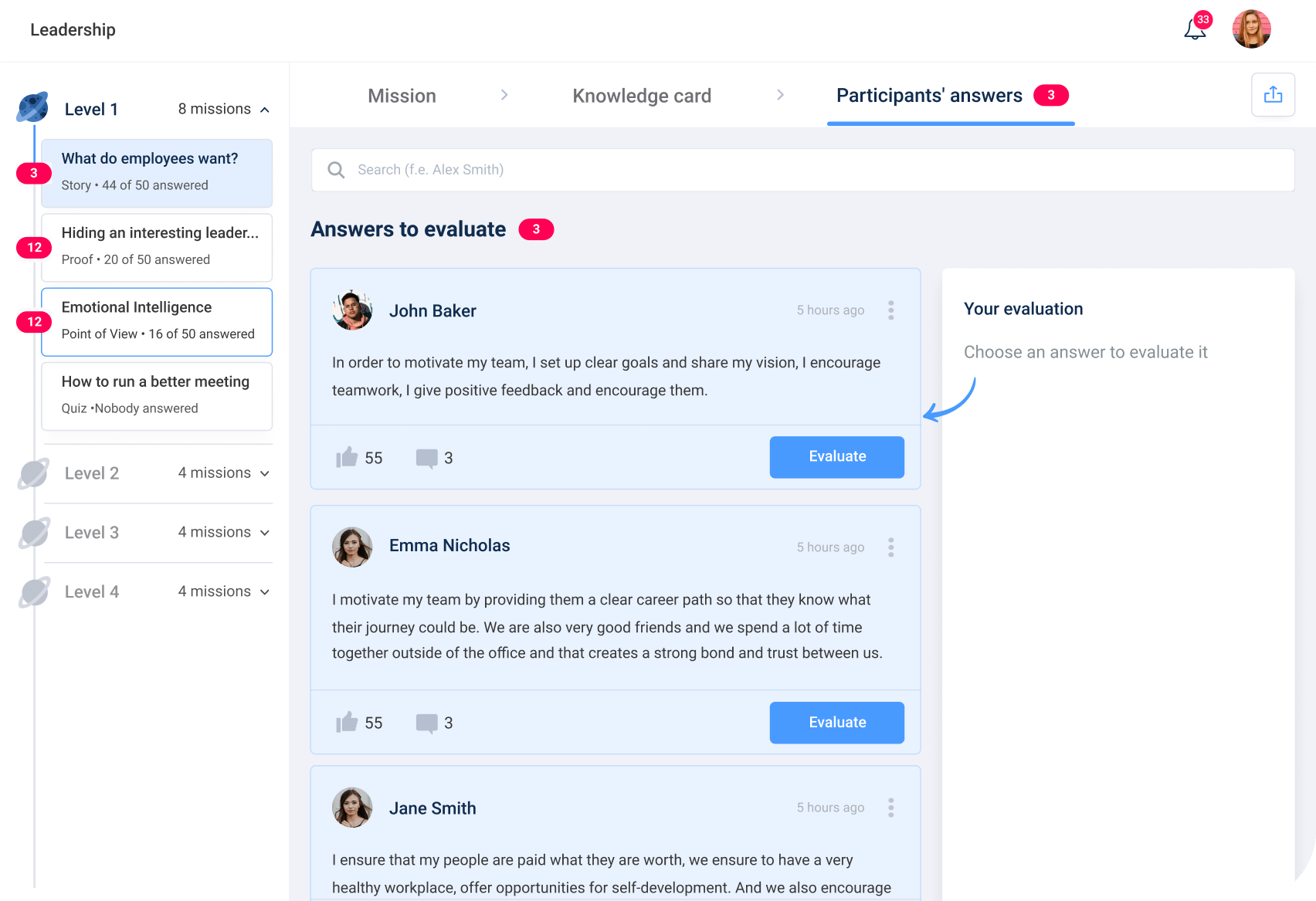
Keep Training Engaging
Context: Employees disengage quickly when training is dry, repetitive, or overly complex. If training doesn’t capture their attention, retention drops, and key information is forgotten.
Solution: Keep training interactive, visual, and easy to access. Use a mix of videos, infographics, real-world examples, and interactive exercises like quizzes to keep employees engaged.
Tip: Leverage platforms that integrate gamification to make training more engaging and effective. Gamification transforms training into a video game—with missions, quests, points, and leaderboards—feeding into people’s competitive mindset.
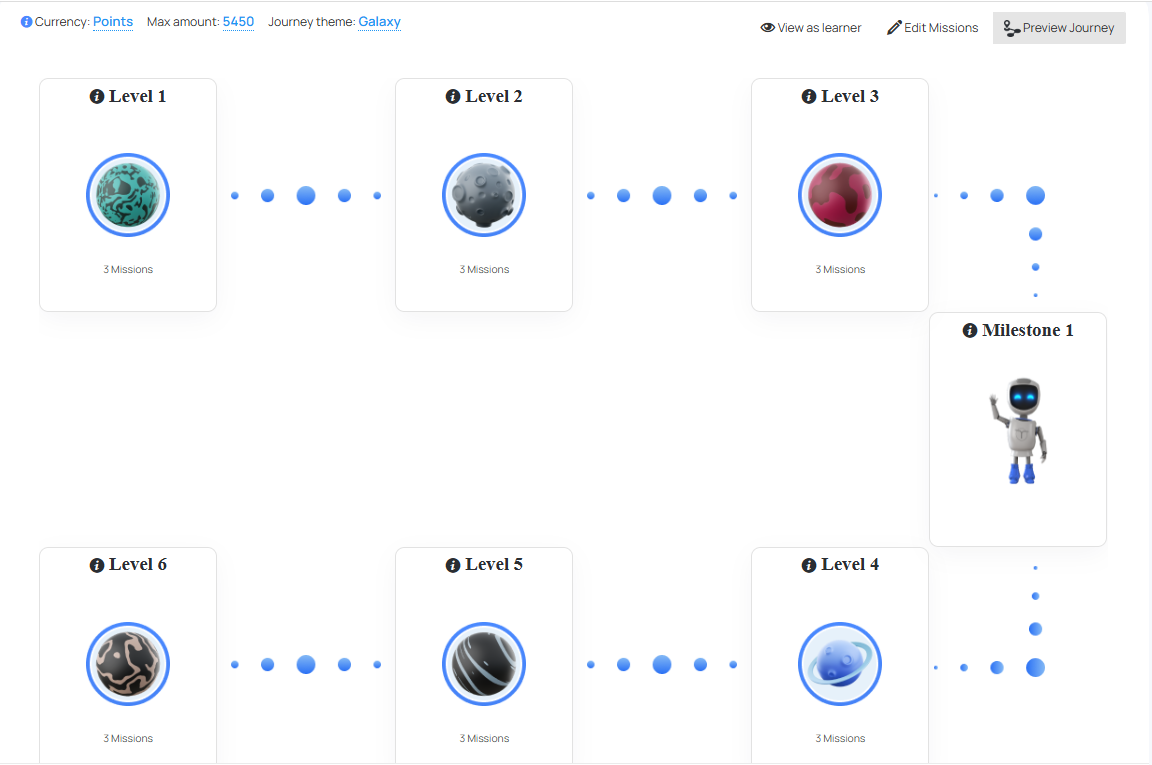
Make Training Accessible Anytime, Anywhere
Context: Employees don’t always have time to sit down for scheduled training sessions, especially in fast-paced industries like retail, logistics, and healthcare. If training materials aren’t easily accessible, employees may struggle to find answers when they need them most, leading to delays, mistakes, and frustration.
Solution: Training should be available on demand through mobile-friendly platforms, allowing employees to learn at their own pace and revisit key concepts whenever necessary. Digital resources like videos, checklists, and quick-reference guides ensure that employees can access information exactly when they need it—whether it’s before a shift, during a task, or on a break.
Tip: Use mobile-friendly training platforms that employees can access anytime, from any device. This flexibility ensures continuous learning without disrupting daily operations.
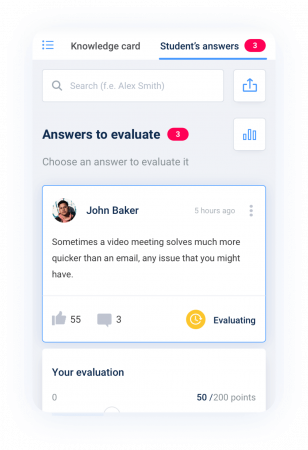
A Platform for Smarter, Faster Training
For managers struggling with fast employee training, Code of Talent offers a scalable microlearning solution that delivers real-time, engaging training without overwhelming employees.
For managers struggling with fast employee training, Code of Talent offers a scalable microlearning solution that delivers real-time, engaging training without overwhelming employees.
Why It Works:
- Customizable training paths tailored to each role
- Quick assessments and real-time feedback to ensure employees stay on track
- Mobile-friendly access, allowing employees to train whenever they need
- Performance tracking tools to measure progress and identify skill gaps
Managers using Code of Talent can cut training time while improving retention and performance—a game-changer in high-turnover industries.
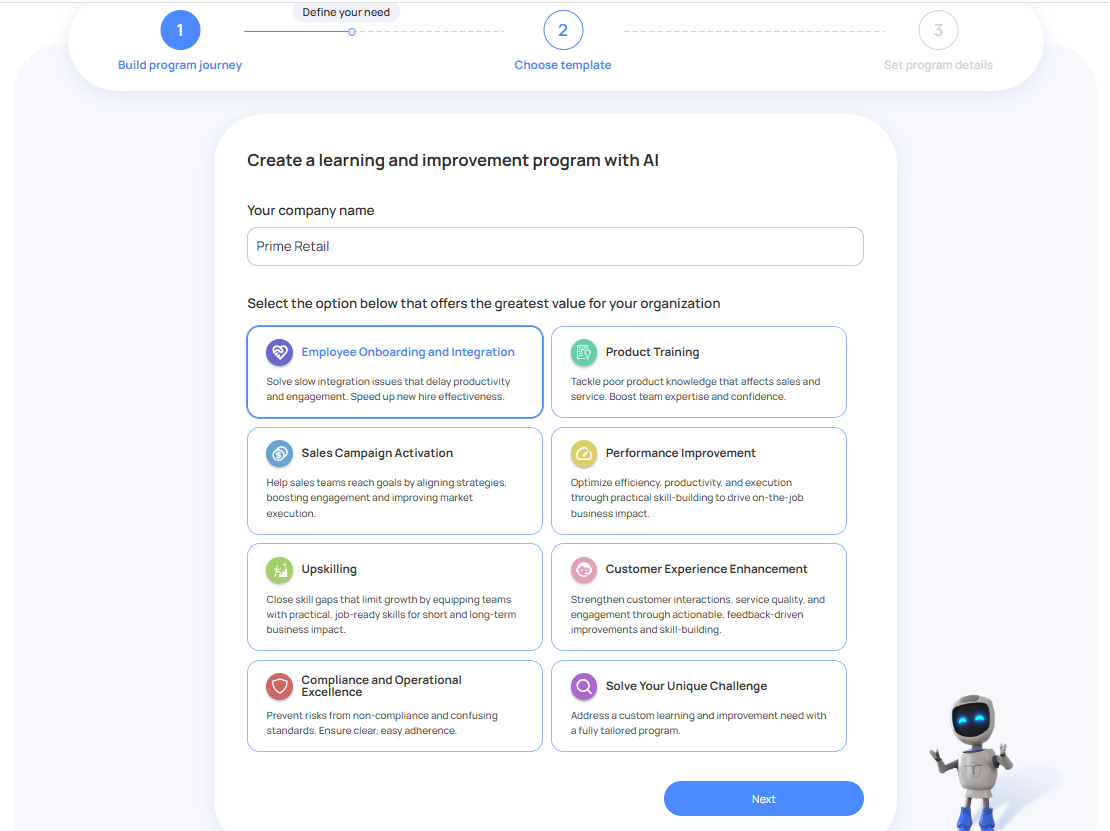
How to Train Employees: A Guide for Managers Who Want to Win
Training employees doesn’t have to be a slow, painful process. With the right strategy, new hires can be productive in just days—not weeks.
Actionable Takeaways:
- Prioritize essential skills to avoid overwhelming new hires.
- Use microlearning for quick, effective training.
- Leverage OJT training for real-world experience.
- Make training accessible with mobile-friendly platforms.
- Prevent burnout by breaking learning into manageable chunks.
For managers looking to train employees faster and more effectively, platforms like Code of Talent offer the tools needed to build a strong, skilled workforce—fast.
If you’re wondering how to train employees, a guide for managers on modern training strategies can make all the difference in building a strong, skilled workforce—fast. The clock is always ticking. Stay on top of the game and discover modern training initiatives for your team by leveraging Code of Talent now!





